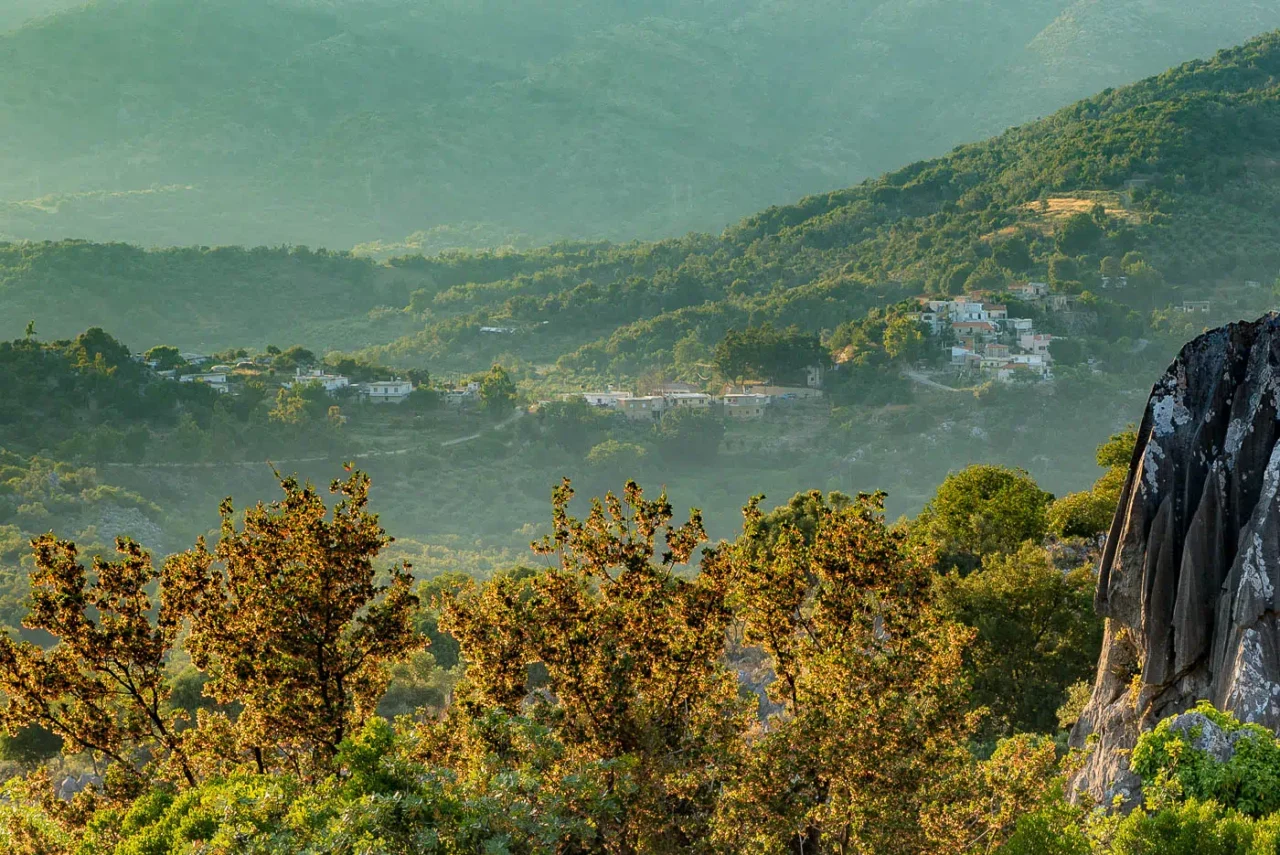
Chonos is a village in the Mylopotamos province, located in the eastern part of the province at an altitude of 310 meters. It has a population of 194 inhabitants. The village also includes the settlement of Drosia.
Historical References
-
Venetian Era (1204-1669): Chonos emerges in historical records during the Venetian period. It is mentioned in 1577 by Francesco Barozzi as “Ghono” within the Mylopotamos province. The Venetian census of 1583, conducted by Kastrofylakas, lists it as “Cono” with 212 inhabitants and 554 owed corvée labor obligations. Francesco Basilicata further documents it in 1630 as “Chono.” These records suggest a thriving community during Venetian rule, contributing to the region’s agricultural and labor force.
-
Ottoman Era (1669-1898): The Ottoman census of 1671 references the village as “Honos” with 14 “charatsa,” a tax unit indicative of its economic capacity. This era witnessed Cretan resistance against Ottoman rule, and Chonos likely played a part in these struggles. Oral histories recount tales of Turkish raids and villagers’ defiance, underscoring the community’s resilience in the face of oppression.
-
Modern Era (1898-present): Following Crete’s liberation from Ottoman rule and subsequent union with Greece, Chonos continued its journey as a rural community. The 1881 census recorded a purely Christian population of 170, reflecting the demographic shifts of the time. In 1900, the population increased to 263, and by 1920, it served as the seat of its own rural municipality. Subsequent administrative reorganizations led to its incorporation into the community of Aimonas in 1925 and later its re-establishment as an independent community in 1930. In 1959, the administrative seat shifted to Drosia, where it remained until the Kapodistrian administrative reform in 1997, integrating Chonos into the Municipality of Kouloukonas.
Dimensions
The village itself maintains a relatively compact size, harmonizing with its population of 194 inhabitants. Additionally, the settlement of Drosia falls under its jurisdiction, contributing to the overall dimensions of the Chonos community.
Historical Significance
-
Resistance & Resilience: Oral histories and accounts of Turkish raids highlight the village’s active involvement in resisting Ottoman rule. The stories of villagers defending their community and seeking refuge in the Lampathoura cave during turbulent times showcase their courage and determination.
-
Cultural Continuity: Chonos stands as a repository of Cretan traditions and customs. Its old churches, such as the two-aisled church of Agia Kyriaki and the chapel of Agios Georgios, along with the preserved architecture of the former school building, offer tangible links to the past.
-
Natural Significance: The unique geological formations surrounding Chonos, shaped by karst weathering, contribute to its historical and natural significance. The “Kourtsa” area, with its impressive karst sculptures, stands as a testament to the powerful forces that have shaped the Cretan landscape over millennia.
Population Data Over the Years
Year |
Population |
|---|---|
1583 |
212 |
1881 |
170 |
1900 |
263 |
1920 |
234 |
1928 |
260 |
1940 |
311 |
1951 |
228 |
1961 |
205 |
1971 |
150 |
1981 |
113 |
1991 |
148 |
2001 |
40 |
2011 |
194 |
Current Status
Today, Chonos perseveres as a small village with a population of 194. It retains its traditional charm while adapting to the realities of the 21st century. The village actively maintains its cultural heritage through its churches, historical buildings, and the transmission of oral histories and traditions. The surrounding landscape, characterized by karst formations and sinkholes, adds to the village’s allure and provides opportunities for exploration and appreciation of natural wonders.
Village Key Points
- Historical References: Chonos is first mentioned in 1577 by Francesco Barozzi. It has a long history dating back to at least the Venetian era and was likely inhabited even earlier.
- Location: Situated in the eastern part of the Mylopotamos province, at an altitude of 310 meters.
- Historical Significance: Chonos played a role in resisting Ottoman rule, as evidenced by stories of villagers fighting back against Turkish raids. The village also served as a refuge for Christians during the Ottoman era.
- Current Status: Chonos is a small village with a population of 194. It maintains its traditional character and is known for its natural beauty, including the karst formations in the surrounding area.
Access
Chonos is 5.5 kilometers away from the town Anogeia and 5.2 kilometers away from Axos.













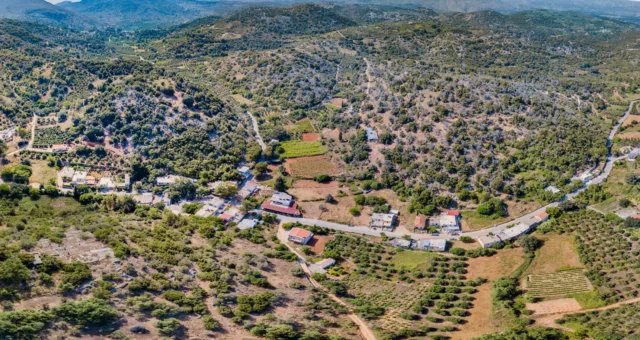



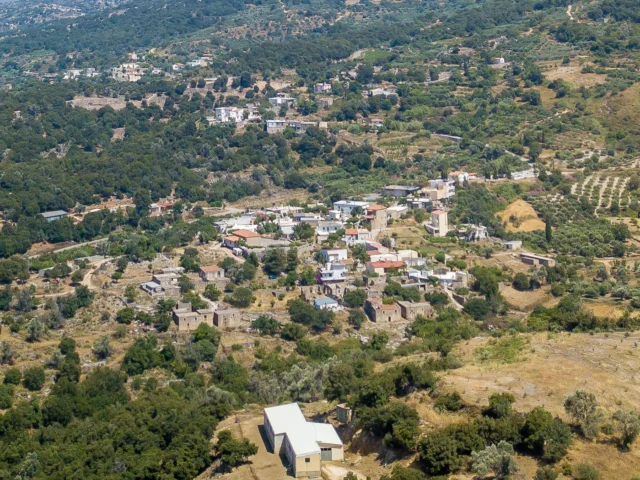
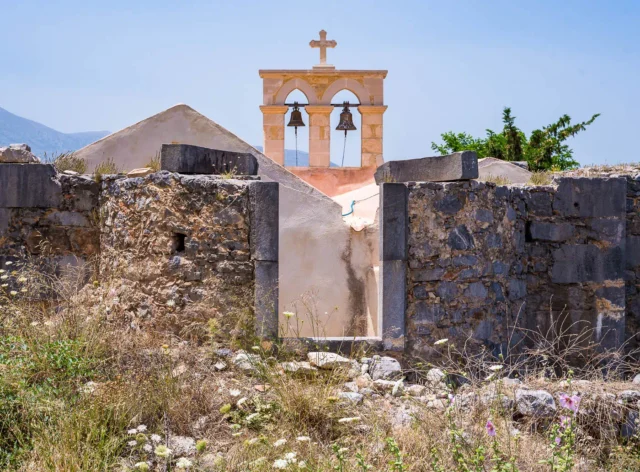

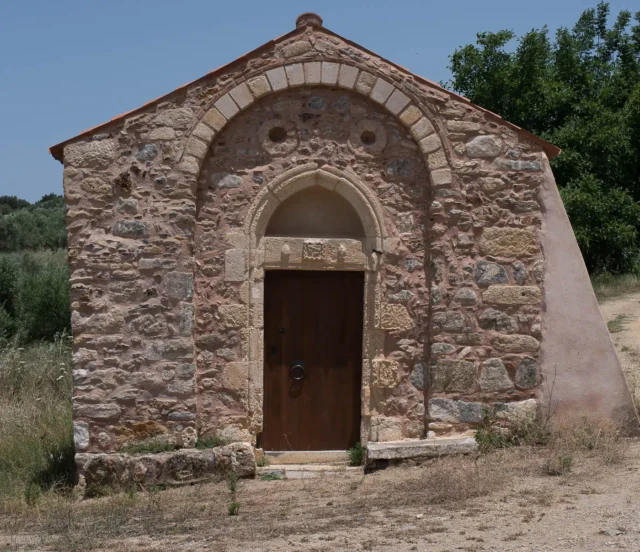

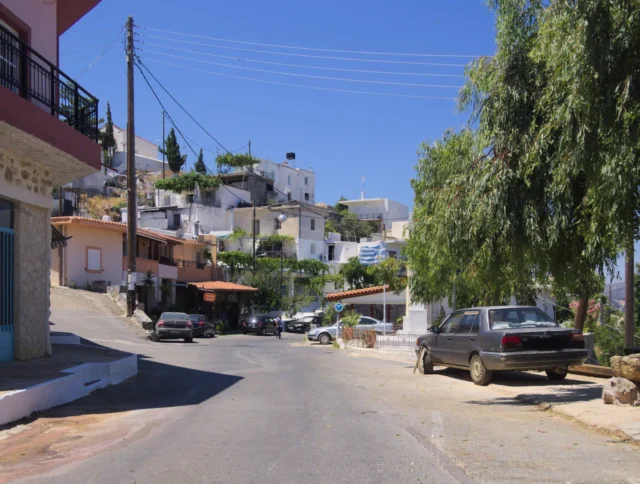
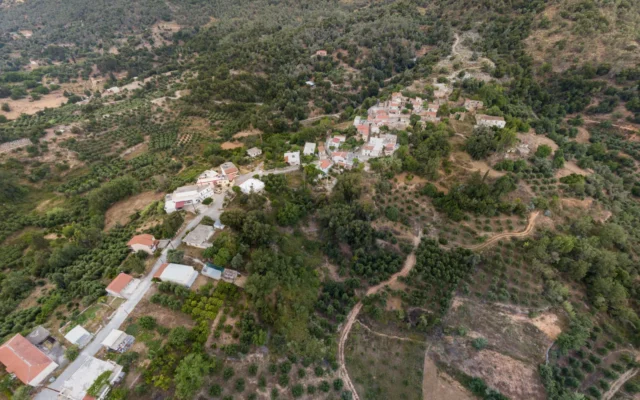
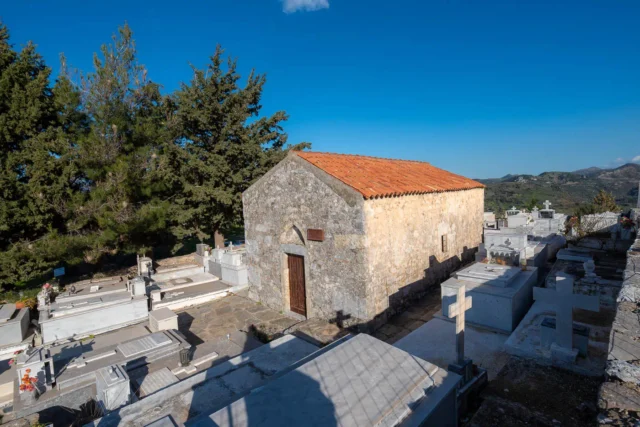
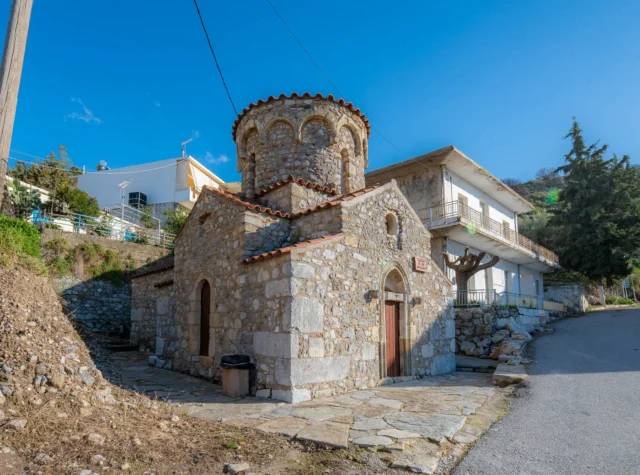
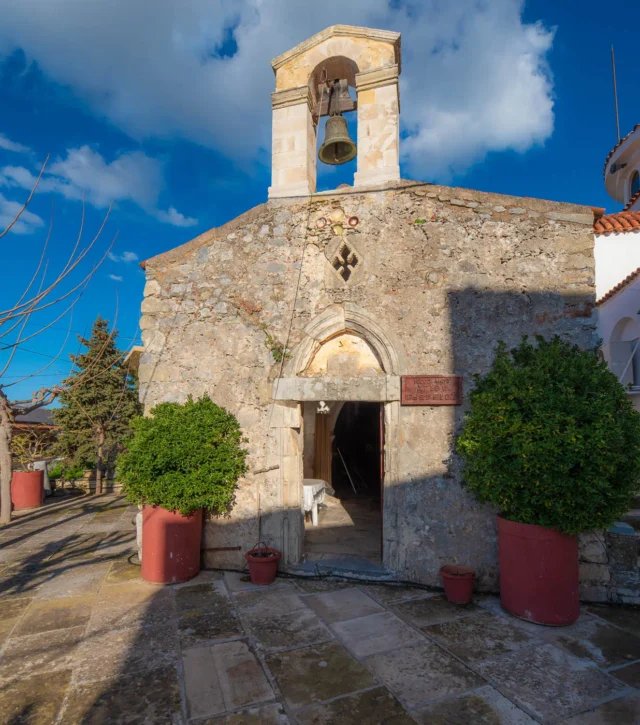
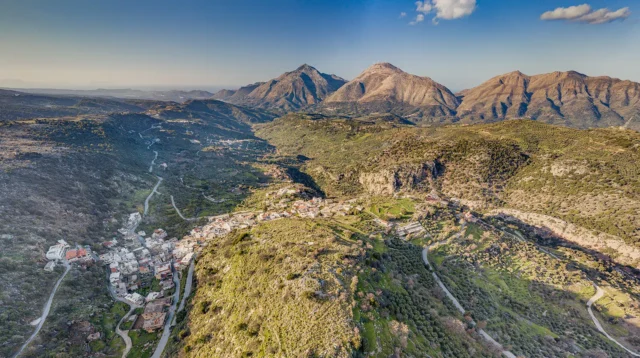

There are no comments yet.